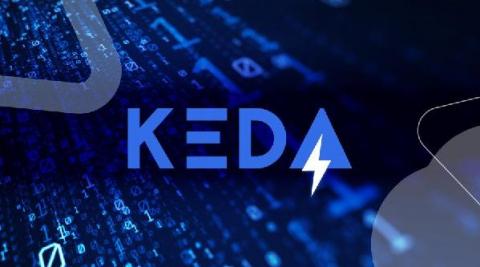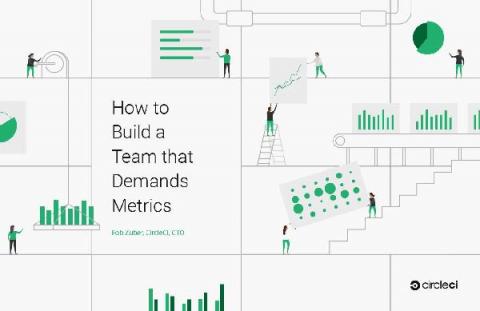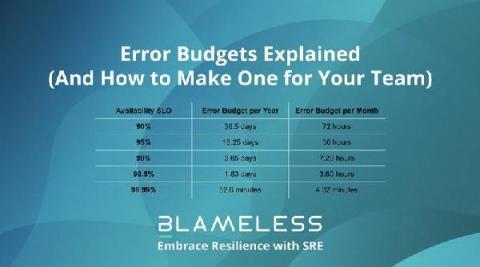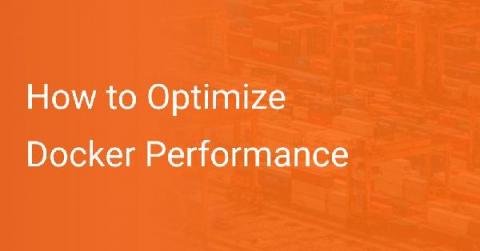Operations | Monitoring | ITSM | DevOps | Cloud
Latest News
Event-driven autoscaling in Kubernetes
In modern cloud architecture applications are broken down into independent building blocks usually as microservices. These microservices allow teams to be more agile and deploy faster. Microservices form distributed systems in which communication between them is critical in order to create the unified system. A good practice for such communication is to implement an event-driven architecture.
Ensuring compliance with DISA STIGs, NIST 800-53, CMMC, and RMF
This blog is the second in a four-part series on infrastructure automation for government agencies that are modernizing digital systems while grappling with budget and staffing constraints and the challenges of COVID-19.
How to build a team that demands metrics
When we talk about metrics in software delivery, a lot of developers think of execution metrics — things like throughput, delivery and number of deploys. But in reality, those metrics don’t motivate anyone — at least not without connecting them to a bigger picture. I’ve worked in software for 23 years. I’m a three-time founder and four-time CTO, responsible for leading a 200+ member distributed engineering organization.
Error Budgets Explained (And How to Make One for Your Team)
Reap the Combined Benefits of Kubernetes and the Public Cloud with DKP
In a relatively short amount of time, Kubernetes has evolved from an internal container orchestration tool at Google to the most important cloud-native technology across the world. Its rise in popularity has made Kubernetes the preferred way to build new software experiences and modernize existing applications at scale and across clouds. With Kubernetes, companies can host workloads running on a single cloud, as well as workloads across multiple clouds.
How to Use Event Triggers For Windows Server Monitoring
Windows event logs and event triggers are an important part of Windows server monitoring. With the addition Event Viewer feature, Windows made it possible for server administrators to create custom tasks for certain events. This would be the so-called event trigger, and it could be a script or an email notification. This feature is highly important in terms of security and proactively dealing with issues with the server.
Track Digital Transformation Progress with Real-Time Data
According to a McKinsey study, 70 percent of digital transformation projects fail. It’s quite a paradox because the transformation is happening for growth and success. If this stat alone is anything to go by, it indicates that enterprises need to rethink their strategy and management of such transformations. So how are those other 30 percent of enterprises succeeding with their digital overhauls? Well, data and analytics play a vital role in helping track the progress of the process.
How to Optimize Docker Performance
Docker containers have revolutionized the cloud industry. While Docker containers already present remarkable benefits and plus-points over other virtualization methods, there are significant performance gains that developers can further squeeze out of Docker to get the most out of the technology. This guide will cover different methods of optimizing Docker performance and answer some frequently asked questions about the technology.
GitLab 2021 DevSecOps Survey Key Findings
For the last several years, GitLab has run a major survey about the trends facing the DevSecOps community. This year over 4,000 people responded to the survey, 40% who identified as a Software Developer / Software Engineer. Also about half the survey participants are based in Asia, a major region for Software Developers. One of the biggest trends you will find throughout the survey is how much developers value speed and efficiency.











